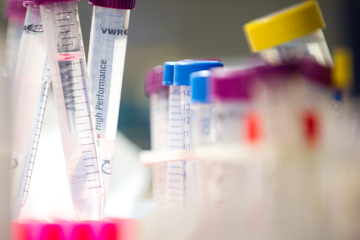Project grant
Replacement of hamsters with physicochemical analytical methods for Leptospira vaccine batch potency testing

At a glance
Completed
Award date
April 2008 - September 2011
Grant amount
£181,060
Principal investigator
Dr Nicholas Coldham
Institute
Veterinary Laboratories Agency
R
- Replacement
Read the abstract
View the grant profile on GtR
